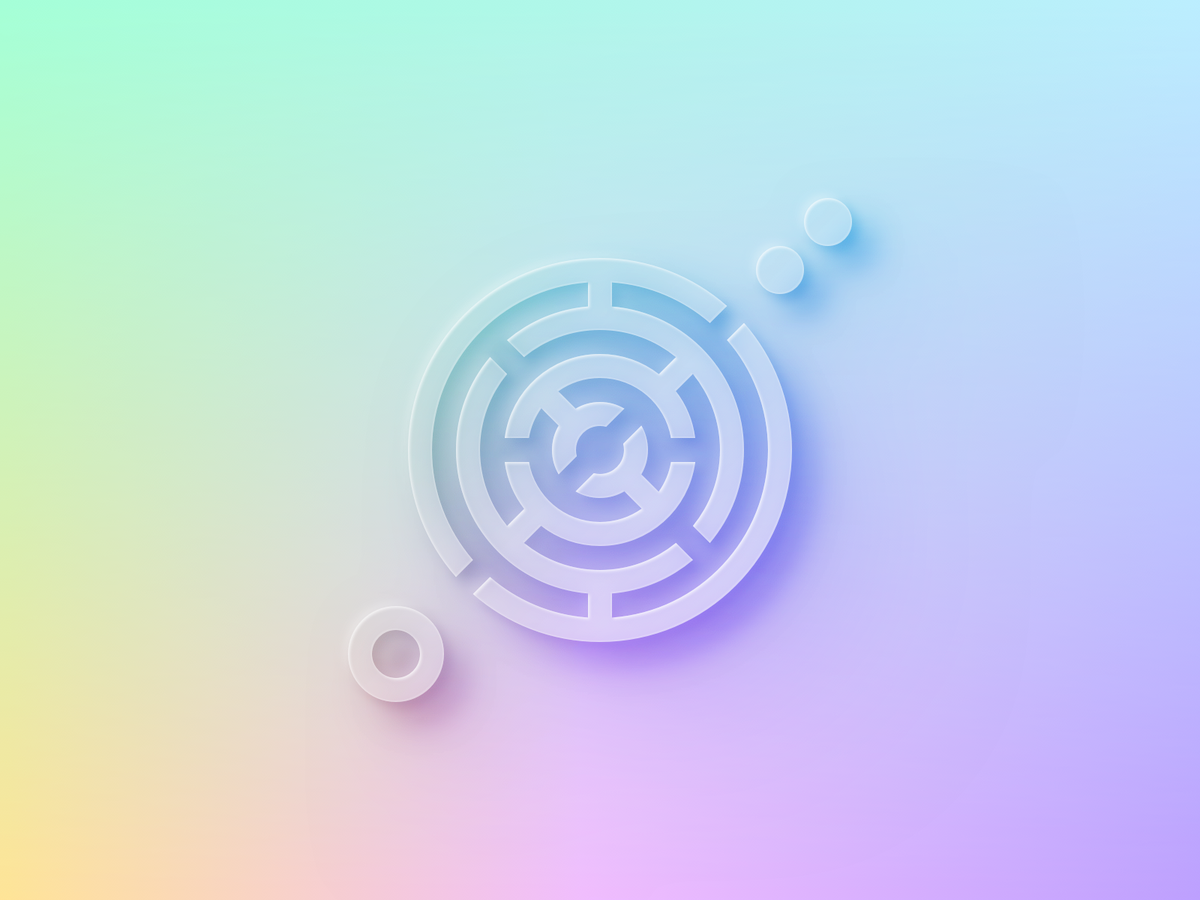“Luckily” for us fashioners, not every person appears to get what represents the moment of truth a Web plan. Without a doubt, Web configuration is generally an inventive strategy and can along these lines be called more craftsmanship than science. But since it is inherently a vehicle of show, a few guidelines (or possibly standards) apply. By following some straightforward pointers, anybody ought to have the option to make an outwardly satisfying plan and make one stride nearer to popularity. Alright, it is quite difficult, and ability and experience do matter, however anybody can transform their landing page into something prettier in the matter of only a few minutes.
1.Keep your plan adjusted.
Equilibrium is tied in with guaranteeing that your plan doesn’t tip on one side or the other. It resembles the equilibrium of weight in accomplishing evenness or imbalance.
Check out the canine in the header realistic of Khoi Vinh’s Subtraction site beneath. I took this model from The Principles of Beautiful Web Design by Jason Beaird. Jason calls attention to how the cross to the right compensates for the additional visual weight that the canine gives on the left. It is a little however not inconsequential detail. See with your own eyes by concealing the cross with your hand.
2.Compartmentalize your plan by utilizing lattices.
The idea of lattices is firmly identified with that of equilibrium. Lattices are a progression of flat and vertical rulers that help you “compartmentalize” a plan. Consider segments. Segments further develop coherence, making a page’s substance simpler to assimilate. Dispersing and the utilization of the Rule of Thirds (or comparable Golden Ratio) makes everything simpler on the eye.
The Rule of Thirds and Golden Ratio represent why sidebars, for instance, are generally about 33% of the width of the page and why the vitally content region is generally equivalent to the plan’s width partitioned by 1.62 (equalling phi in arithmetic). We will not get into why this is, yet it appears to remain constant by and by. It is likewise why the subject in expertly taken photos is typically situated not in the center but rather at the crossing point of a fanciful nine-square lattice (three by three, with two horizontal and two vertical lines).
3.Pick a few base tones considering all things in your plan.
Consider the possibility that you changed the base red on any site to lime green. Could it look great? In all probability not. Since it doesn’t have a place with a similar shading range (and obviously lime green isn’t the most effortless shading to work with). Sites, for example, ColourLovers exist which is as it should be. You can’t simply pick your shadings Rambo-style, firearms blasting. A few tones go well together, others don’t. A ton of speculations on colors and their blends exist, remembering shows for monochrome and differentiating plans, yet a ton boils down to sound judgment and having a vibe for it.
Those delicate pastels make this plan sparkle. Right away, the shading decisions might look fairly discretionary, however when you look carefully you notice a stringently characterized shading range, which is important to guarantee that every one of the components manage everything well. The site, and particularly its experience, additionally exhibits a decent mix of tones and designs, which carries us to number four…
4.Attempt to make the illustrations go well together.
Tim van Damme utilizes just a small bunch of designs on his site Max Voltar, yet he carries out them with the best idea and care. A non-meddling foundation picture and a refined crown are two of the designs. Outwardly, they are not excessively amazing, however they all add to the look and feel of the site, and no place is one awkward.
You may not be an incredible artist or photographic artist, yet that doesn’t mean you can’t put extraordinary illustrations on your site. Some fundamental Photoshop ability, conceivably some stock pictures and extraordinary taste are all you need. Attempt to make the designs go well together, and ensure they encapsulate the style you are focusing on. However, we are not all talented with a similar innate capacity. You can get a few things by gaining from others, however in some cases you simply need to pick the style that suits you best (like a perfect style in case you are not the best of artists).

Created byTim Van Damme
5.Work on your site’s typography.
The speciality of type is an interesting subject to discuss in light of the fact that it incorporates such countless components. While it very well may be viewed as a part of plan, one can spend a lifetime dominating its perspectives as a whole. This isn’t the spot to give a total typographic reference, so we will restrict our conversation to what in particular will help you for the time being.
Web typography is impaired contrasted with print typography. The greatest contrast is our absence of unlimited authority over the presence of type on the Web, because of its dynamic feel. Clearly, dynamic delivering has its qualities, however Web fashioners have little power over the outcomes, basically for the present. Missing text styles on the client’s PC, contrasts in program and stage delivering, and for the most part inferior help in CSS make Web typography an overwhelming if not baffling undertaking. However, while we might need to hang tight for CSS 3 for Web typography to arrive at its maximum capacity, we have the means presently to make it look fascinating and, all the more critically, pretty.
6.Make components stand apart by adding blank area around them.
Blank area, or negative space, has to do with what isn’t there. Like measure and driving, void area gives text some space to breathe and spatial harmony. You can make components stand apart by adding void area around them. Duplicate, for instance, shouldn’t look confined. To guarantee meaningfulness, ensure passages have adequate cushioning.
Blank area adds a ton of class to a plan. Try not to be hesitant to leave a few openings open, in any event, expanding ones. Unpractised originators are enticed to place something in every last corner. Configuration is tied in with conveying a message. Plan components, hence, should uphold this message, and not add commotion to it.
7.Have all elements connected.
“Connection” is a bit of a made-up term here, but it seems to be the best one for what we mean. Connection here refers to a Web design that has both unity and consistency. These two attributes demonstrate the professionalism of a design (and thus its designer). They are very broad attributes. A design should be consistent in its use of colors, in its range of fonts, with its icons, etc. All of these aspects count; a design can look great and still suffer from inconsistencies.
We praised Nick La’s Web Designer Wall earlier because of its lovely graphics, but it is also a good example of connection. When you look closely at the graphics and the style in general, everything has a hand-drawn watercolor look to it: the articles’ images, the watercolored background images, the hand-drawn doodles and icons, the styling of the poll, and so on. The attention to detail makes this design excel.
Let’s sum up everything we have discussed…
Great Web configuration isn’t restricted to the seven key standards we talked about here. Aspects like availability, meaningfulness and convenience have an impact, as well.
This is the reason why Web design is so difficult. Although, getting your feet wet in design is easy, especially today, with so many content management systems, blogging tools and themes readily available. However dominating every one of the features of Web configuration takes time and, let’s face it, ability. Being able to create lovely plans is only one aspect, yet entirely a significant one.






